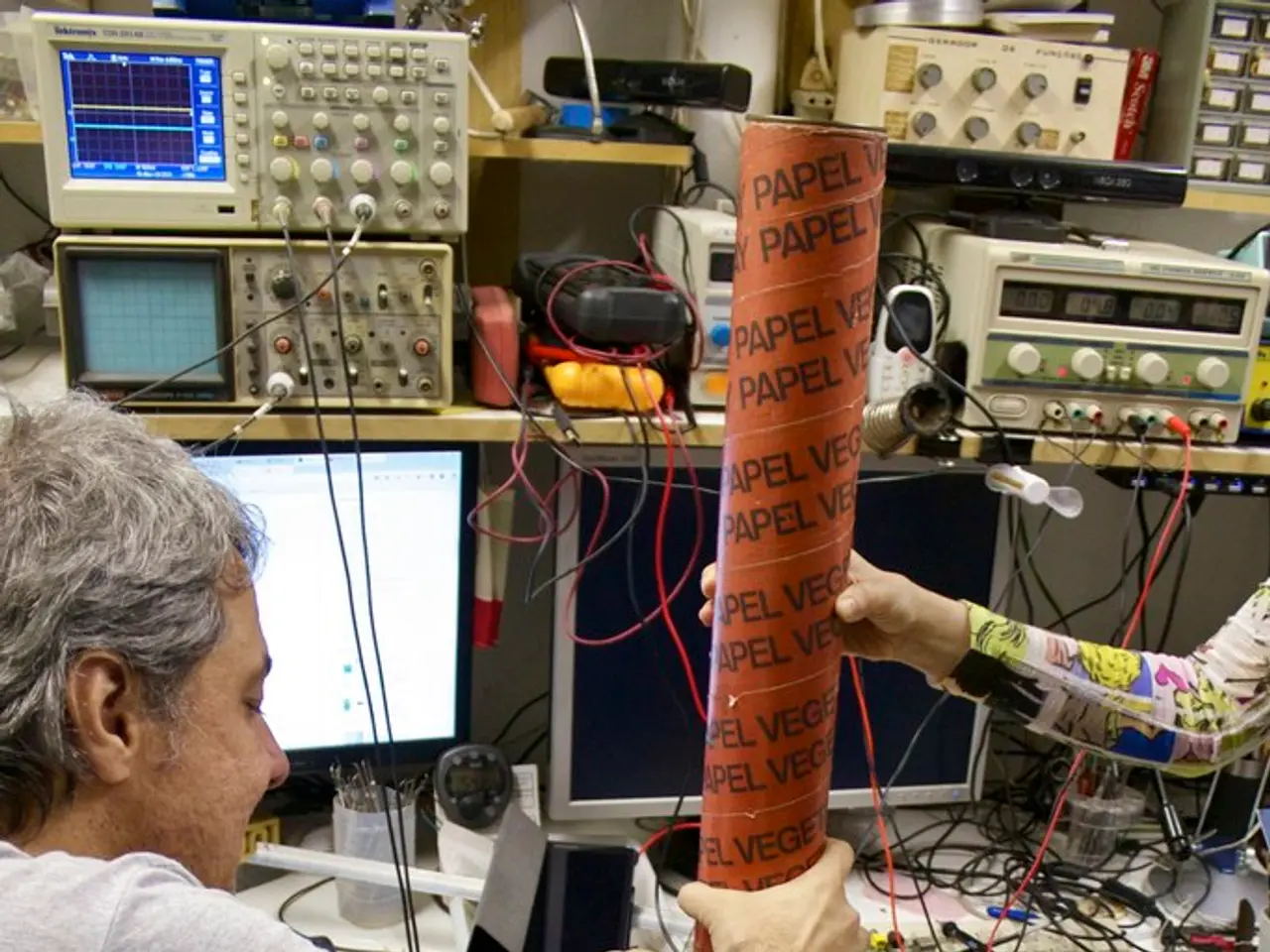Nuclear power plants are inefficient compared to the escalating need for AI energy
In the ever-evolving world of technology, the demand for energy is soaring, particularly in the realm of artificial intelligence and rapid data center expansion. Major tech companies like AWS, Google, Microsoft, and Oracle are looking to nuclear power as a potential solution, but is it the right choice?
The UK government has shown its support for Small Modular Reactors (SMRs), which promise more flexibility and potentially shorter construction times. However, commercial-scale SMR technology is not yet available, and widespread deployment is not expected before 2030.
Meanwhile, solar, wind, and geothermal energy sources are proving to be the frontrunners in terms of flexibility and scalability. Solar and wind energy can be deployed at various scales, from rooftop arrays to utility-scale farms, and are rapidly expanding to meet growing data center demands. Geothermal, while less commonly deployed, offers firm, dispatchable power but is geographically constrained.
When it comes to scalability, solar and wind have demonstrated massive scalability, accounting for most of the growth in global electricity capacity over the past decade. Their modular nature allows for rapid scaling to meet growing demands. Geothermal is less scalable due to site-specific requirements but offers reliable output where feasible.
In contrast, nuclear power, especially large-scale plants, is less flexible due to its high capital intensity and the complexity of scaling up or down. The construction of nuclear reactors can take significantly longer than 15 years, which is not suitable for big tech companies, particularly for AI expansion.
However, nuclear power provides constant, reliable baseload power, making it well-suited for data centers that require uninterrupted electricity. Co-locating nuclear plants with data centers can also reduce grid strain.
Despite its advantages, nuclear remains capital-intensive, with high upfront costs and long payback periods. SMRs could reduce costs, but commercialization is not imminent.
By 2030, data centers relying on solar, wind, and geothermal energy are expected to have the flexibility and scalability they seek. They will still require backup for true baseload reliability, but for data center operators seeking rapid, cost-effective, and clean power growth by 2030, renewables (especially solar and wind) are the clear leaders. Nuclear may begin to play a complementary role in the following decade.
In conclusion, the race for the most efficient and sustainable energy source for data centers is ongoing. While nuclear power holds promise for the future, renewable energy sources are currently the frontrunners, offering flexibility, scalability, and cost-effectiveness that is hard to match.
- The industry's shift towards renewable energy sources, such as solar and wind, is evident in the rapid expansion of data centers, especially considering the high demand from the realm of artificial intelligence and rapid data center expansion.
- The UK government, acknowledging the potential of Small Modular Reactors (SMRs) for renewable-energy infrastructure, has expressed support for their development, as they promise more flexibility and potentially shorter construction times.
- Finance plays a significant role in this debate, as nuclear power, although providing constant, reliable baseload power for data centers, remains capital-intensive with high upfront costs and long payback periods.
- In cybersecurity, data-and-cloud-computing technology is integral to the management and protection of data that these renewable energy infrastructure projects will generate, ensuring a secure energy future for all industries.




